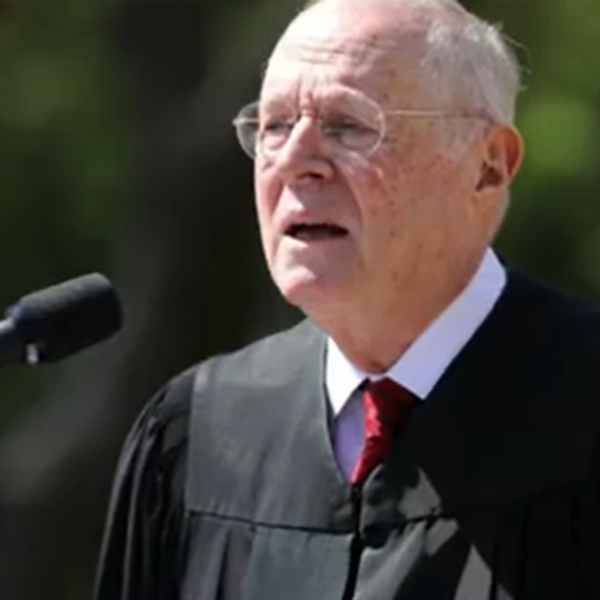The top 1 percent holds a tiny fraction of consumer debt, letting them avoid the hassle of credit card disputes.
There was some good news from the New York Fed this week. Consumer debt fell about $60 billion in the third quarter of this year, and credit card accounts declined by 6 million. Overall, the number of open accounts is 23 percent below the peak in 2008 and balances have also fallen 20 percent.
Certainly some of that decline is due to charge-offs. But perhaps many more customers are jumping ship because of dissatisfaction with card companies and their terms. The newly operational Consumer Financial Protection Bureau established a Consumer Response office and a system for addressing consumer complaints when it launched in July. The Bureau just released a report on those complaints. Between then and October, consumers submitted 5,074 credit card complaints, which amounts to over 50 a day.
So what were people frustrated about? By far the largest complaint had to do with billing disputes, at 13.4 percent — you know, when the bank hikes your interest rate after the first year for no reason, or raises your already exorbitant annual fee, or puts your minimum payment toward the lowest interest rate account (all kosher under the CARD Act). The next largest complaint was about APR or interest rates, at 11 percent. When one woman reported an APR of 79.9 percent and the average interest rate is up to 16.75 percent, it’s not hard to see why. And while the CFPB breaks out complaints about fees, overall those frustrations make the top five at 8.5 percent.
Americans paid about $20.5 billion on penalty fees in 2009 . That doesn’t even include the extra principle they’re paying down due to interest. But not all Americans are worrying about how much income they’re losing to the banks.
A study by G. William Domhoff found that the top 1 percent of American households holds only 5 percent of consumer debt. The rest of us are saddled with the resulting 95 percent. This despite the fact that the 1 percent owns 40 percent of the wealth. It also has 62 percent of the country’s business equity, 39 percent of trusts, 38 percent of the stocks and mutual funds, and 28 percent of the non-home real estate (think vacation homes).
This means that while most of us struggle to pay our credit card bills each month, dodging fees and trying to avoid interest, it’s not a high concern for the 1 percent. Maybe they spend the extra time managing their vacation homes.
Bryce Covert is Editor of New Deal 2.0.
Cross-Posted From The Roosevelt Institute’s New Deal 2.0 Blog
The Roosevelt Institute is a non-profit organization devoted to carrying forward the legacy and values of Franklin and Eleanor Roosevelt.








